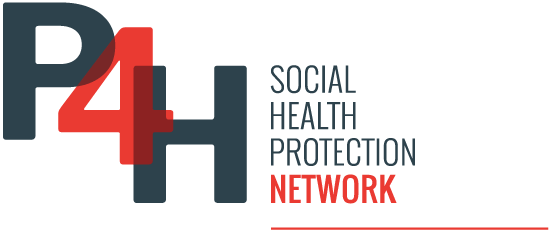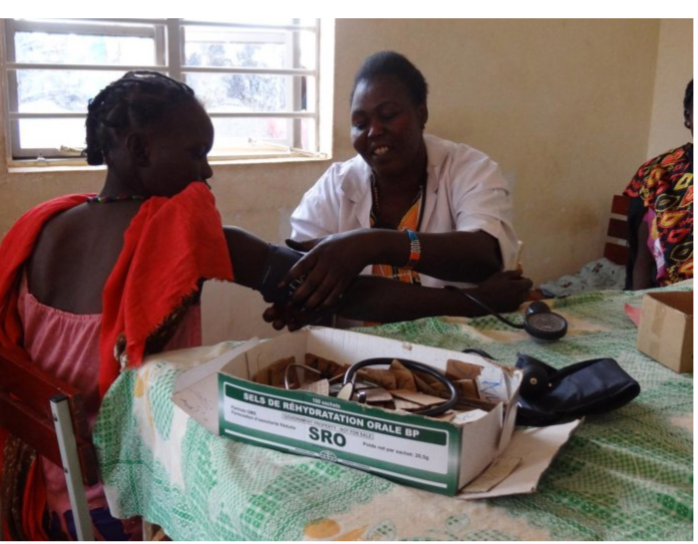South Sudan, the world’s youngest country, has faced numerous challenges since its independence in 2011. Decades of civil conflict, political instability and limited infrastructure have hindered the development of robust health systems and institutions. The country’s health sector remains heavily reliant on external assistance. Domestic general government expenditure on health is low at 8.6% of current health expenditure (CHE) in 2022.[1]
Barriers to sustainable health financing
Several factors hinder sustainable health financing in South Sudan.
- Heavy reliance on external funding: Almost half (49.8%) of CHE[1] is financed by donors, creating significant risks to continuity and sustainability
- Limited domestic resource mobilization: As of 2021, South Sudan’s health budget was 2.1% of general government expenditure.[1] The government’s low revenue generation capacity, worsened by political instability and economic volatility, further restricts its ability to substantially fund the health sector
- Weak institutional capacity: Governance issues and weak financial management systems hinder efficient allocation and use of available funds
- Access barriers and inequity: South Sudan’s vast geography and rural population distribution create disparities in access to health services; and many households cannot afford out-of-pocket health care expenses, leading to delayed care and unmet health needs
- Humanitarian crisis and health burden: The ongoing conflict and displacement crisis, combined with a high disease burden, places immense pressure on the health system, raising demand for resources and emergency interventions in the short term and compromising sustainable, long-term health financing strategies
Health financing reforms for universal health coverage
To advance universal health coverage (UHC), South Sudan has initiated or is considering several initiatives.
- Strengthening primary health care (PHC): Recognizing the importance of accessible primary care, the government, with donor support, has invested in strengthening PHC facilities across the country. PHC plays a critical role in reducing the high burden of disease and is a cost-effective way to address health needs.
- National health insurance Exploring risk-pooling mechanisms, such as national health insurance schemes, is underway. The goal is to complement external funding and create a buffer against sudden funding shocks.
- Public-private partnerships: To leverage limited resources, the government of South Sudan is working to engage private entities in health service delivery. This could supplement public sector efforts in remote and underserved areas.
- Advocacy for donor alignment with UHC goals: Coordinating donor activities under a UHC agenda could help ensure sustainable and consistent funding that aligns with national health priorities.
References
[1] World Health Organization, Global Health Expenditure Database, Health Expenditure Profile (choose country)


